Wallpaper that is applied to the walls, like ordinary plaster, is becoming increasingly popular. For those who are used to traditional roll coverings, liquid compositions often cause some concerns — and quite unnecessarily: the advantages of such a finish can hardly be overestimated.
What is liquid wallpaper and what are they like?
The material is a dry powder packed in plastic bags. One package is designed for no more than 5 m2 and weighs 1-2 kg. In this case, the compositions may be different in content. Some of them are already ready for use, and some are packed in different bags, and to get the necessary solution, they need to be mixed with each other. Again, the content also depends on how the coating will look on the wall after the work is finished.
Silk ones
This modification of the coating is often called liquid silk by builders. It is not surprising that many people confuse this composition with decorative “silk” plaster. However, unlike the latter, it does not include sand and cement, although in appearance the coatings may indeed be similar.
In addition to dyes, glue and mother-of-pearl, these wallpapers contain natural (sometimes artificial) silk fibers, so they have a shiny and smooth (although embossed) texture. Depending on the shade, they can be used both in residential and non-residential premises. They do not fade in the sun, are characterized by weak hygroscopicity and retain their original appearance for a long time. It is clear that their cost is not small.
Cellulose
As the name suggests, this powder includes cellulose, which is a product of processing wood chips and chemicals. In its composition, it is very close to paper, but paper wallpaper made of cellulose can not be called.
Their aesthetic and operational properties are also determined by the content of mica, gypsum and cotton. For this reason, the coating is soft to the touch and keeps the heat well. No wonder it is often used in children’s rooms. But it is not recommended to apply cellulose on the walls in the bathroom or in the kitchen: like paper, it quickly absorbs moisture.
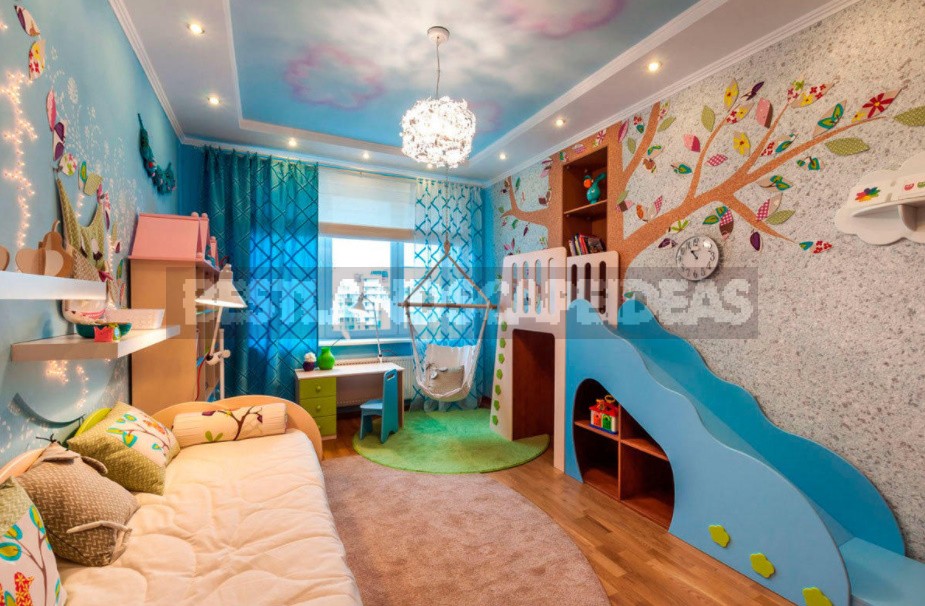
Cellulose-silk
The properties of the finish are almost the same as the previous one. After all, they have the same base, the only difference is in the additives from silk threads. The latter give the composition a shine and smooth texture. The main plus is in the price. If you do not have enough money for a coating made of real silk, why not buy an intermediate version, the external attractiveness of which is almost as good? The only problem is wear resistance: mixed-type wallpaper is not so durable. They absorb moisture, easily get dirty and quickly collect dust. But at the same time, the coverage will be pleasing to the eye for a while — for relatively little money.
Advantages and disadvantages of liquid wallpaper
Despite some disadvantages, liquid wallpaper can be called a worthy rival to the roll finish made of vinyl or non-woven fabric. Judge for yourself. First, you no longer need to worry about whether you have pasted the next strip of paper exactly. Secondly, you can also forget about the tedious combination of the drawing-as well as about the fight against the eternal bubbles. Finally, and thirdly, you do not have to call for help from relatives or neighbors: you can cope with the application of the liquid composition alone. The main thing is to dilute the powder in the right proportion.
For a new home (even an apartment building) this is an ideal option: the inevitable shrinkage, although minimal, will definitely not spare the roll finish — and nothing will happen to liquid wallpaper.
Of course, there are some disadvantages, although they do not make the weather. These are the disadvantages that have already been mentioned, but they are characteristic mainly for budget compositions: hygroscopicity, poor wear resistance, short service life.
We should also mention the prices. It can not be argued that the powder finish is definitely more expensive or cheaper than the options in rolls. In both cases, it all depends on the specific manufacturer. But if you compare the cheapest liquid and rolled wallpaper of domestic production, the first, of course, will require more serious costs.
How to prepare the solution
When preparing the material for application, it is necessary to follow a certain procedure. First of all, choose a convenient plastic container-a bowl or bucket. Fill it with powder from one or more packages, and then pour warm water — its temperature should not exceed +45°C. It is not recommended to add boiling water. The amount of water needed to prepare the solution is indicated on the package.
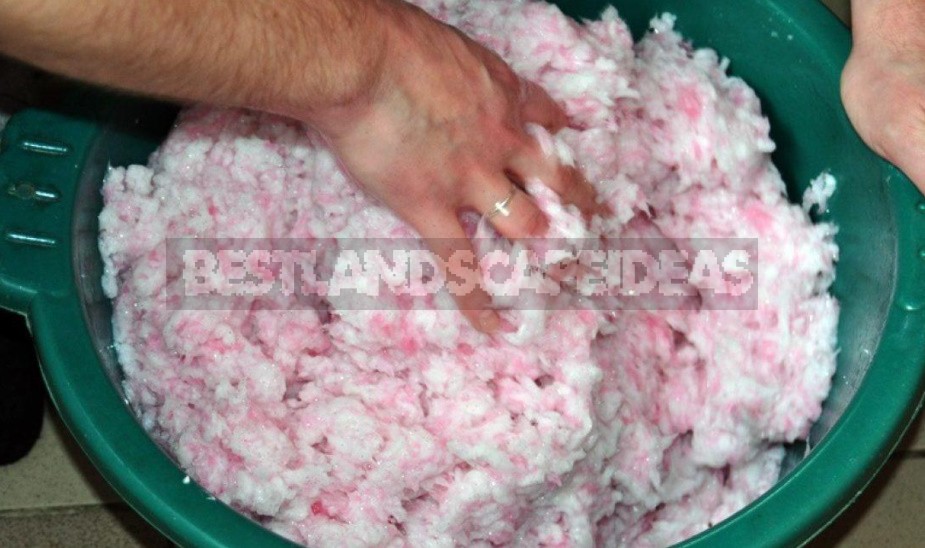
Now the composition should be properly mixed. You can not use a construction mixer, so put on gloves and do everything by hand. Having obtained a thick homogeneous mass, cover the container with the solution with a lid and let it settle for at least eight hours. The finished mixture can be stored for longer — but not more than five days, otherwise it will lose its adhesive properties and will lag behind the wall. Before applying the wallpaper, you will have to mix it again, but not so thoroughly.
How to apply liquid wallpaper on the wall
It is considered that before finishing with liquid wallpaper, it is not necessary to level the walls, especially if the depth of irregularities and defects is less than 2 mm. Still, it is advisable to cover the problem areas with putty-and then cover the entire surface with a primer.
To work in advance, prepare a wide spatula or plastic grater. Grab a portion of the mixture with the tool and apply it to the wall. Carefully spread the composition over the surface, smearing it in a straight line in any direction. The main task is to get an even coating layer of the same thickness. Do not make circular movements at the same time, otherwise you risk ruining the texture of the finish.
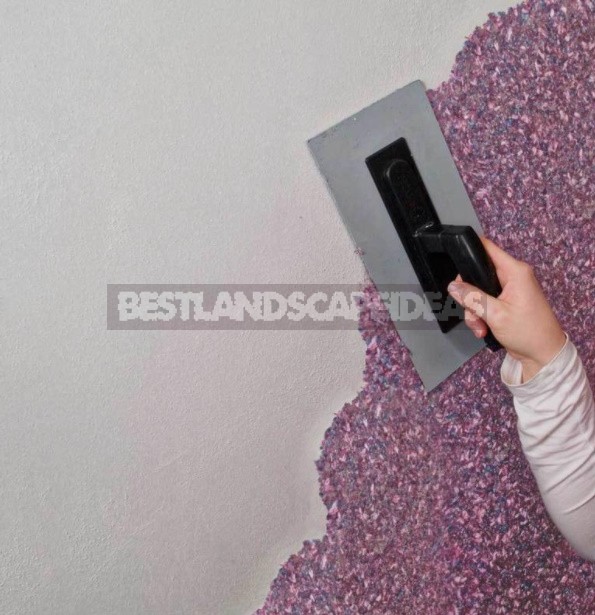
The recommended thickness of raw wallpaper is the same 2 mm. If the layer is thinner, there is a risk that some places will not be painted, and if it is thicker, there will be difficulties in leveling. It is advisable to make a thick layer only on a too uneven, unprepared wall or when forming a drawing. Also keep in mind that after drying, the thickness of the wallpaper will decrease.
It is desirable that one portion of the mixed wallpaper goes to one treated surface. Thanks to this simple rule, you will be able to keep the same texture and shade of the coating. But it also happens that the finishing process has to be stopped at a time when the end is still far away. In this case, when proceeding to the next stage, moisten the place where you left off with water. Start applying from here, mixing the already dried wallpaper with the raw composition.
Most often, the liquid coating is applied in one layer. However, if you want to achieve an unusual visual effect, you can not limit yourself to one layer, using various decorative additives.
In a room that is well ventilated, the applied wallpaper usually dries for no more than three days. Constant air circulation contributes to their rapid solidification.
After the finish is completely dry, it makes sense to cover it with a protective colorless varnish.
What to do if the wallpaper is damaged
Stains, scratches and other defects of liquid wallpaper, unlike roll coverings, are removed very easily. To do this, it is enough to soak the problem area with water and carefully cut it out with a sharp knife. Then you need to prepare a small amount of the initial solution and apply it in an even layer to where the stain was. After it dries, the wallpaper will be as new again.
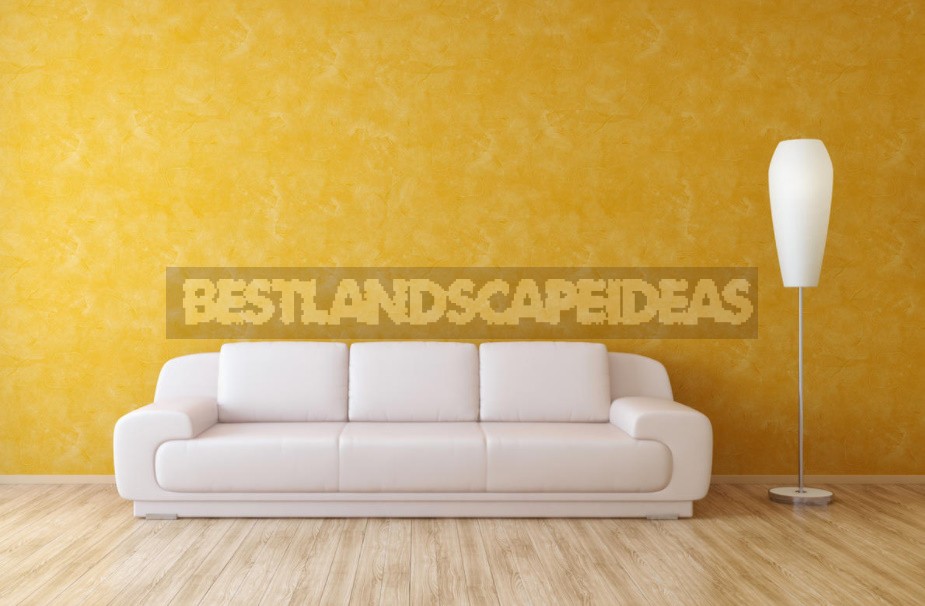







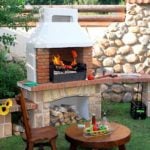







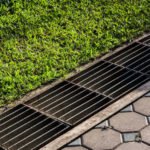


The excellent and duly answer.